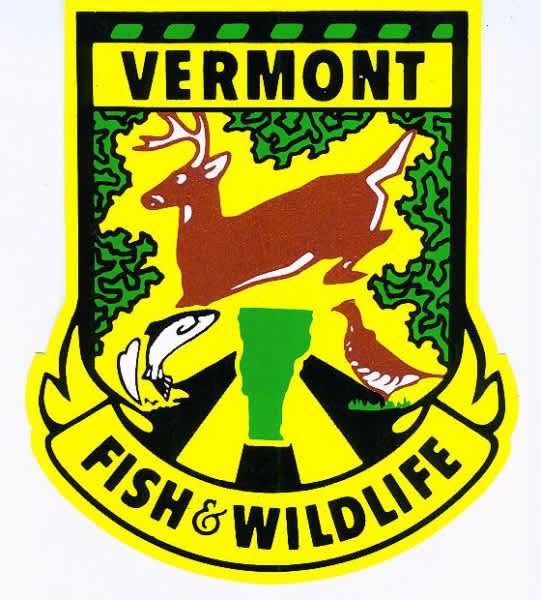Vermont Deer and Forestland Advisory Group to Have Recommendations in January
OutdoorHub 12.21.11

Waitsfield, VT – Too many deer in Vermont? Deer so numerous they are causing damage to their habitat? These are concepts many hunters would take exception to after the close of the 2011 deer hunting season because they were not successful in filling their freezers with venison.
The Vermont Fish and Wildlife Department hopes a new advisory group will be successful in recommending strategies for improving forest health while also helping deer management and improving hunting opportunities for hunters. The membership of the group includes two landowners, two hunters, two wildlife biologists, two foresters, and two members of the Vermont Fish and Wildlife Board.
“The group has had several thoughtful and productive meetings and now has many good ideas on the table,” said Fish and Wildlife’s Director of Special Projects Kimberly Royar. “We are confident that this experienced group of people will come up with some great solutions.”
Hunters often cite problems in gaining access to prime hunting areas and the posting of private property against hunting as reasons for not harvesting a deer. At the same time, forest landowners are increasingly reporting that deer are causing extensive damage to young seedlings and saplings and preventing them from growing into valuable commercial trees. Red oak, white ash and sugar maples in southern Vermont appear to be especially vulnerable.
Less obvious are the effects heavy understory browsing by deer is having on the overall health of the forest. Studies in urban areas of southern New England and in National Parks where deer are not hunted have documented not only problems with tree regeneration, but also marked decreases in numbers of flowering plants such as orchids and lilies, fewer songbirds due to a loss of nesting habitat, as well as reduced populations of upland game species such as snowshoe hare, woodcock and ruffed grouse.
The problem has escalated in recent years to the point that legislation was proposed in 2010 to issue Vermont landowners permits to shoot deer causing forest damage.
In an attempt to address these problems and keep deer number reduction in the hands of licensed hunters, the Vermont Fish and Wildlife Department recently convened the group of landowners, hunters, foresters, wildlife biologists, and Fish and Wildlife Board members to investigate the issues of deer doing damage as well as the problem of hunters unable to gain access to private lands where there are too many deer.
The group was charged with recommending methods for reducing deer damage to forest products while investigating strategies to link forest landowners experiencing deer damage with hunters looking for new areas to hunt.
Sportsmen, especially those willing to put additional effort into landowner relations, should soon benefit from the program by finding substantially more forest lands open to deer hunting. The group’s recommendations will be put in a report the department plans to submit to legislature in January.

